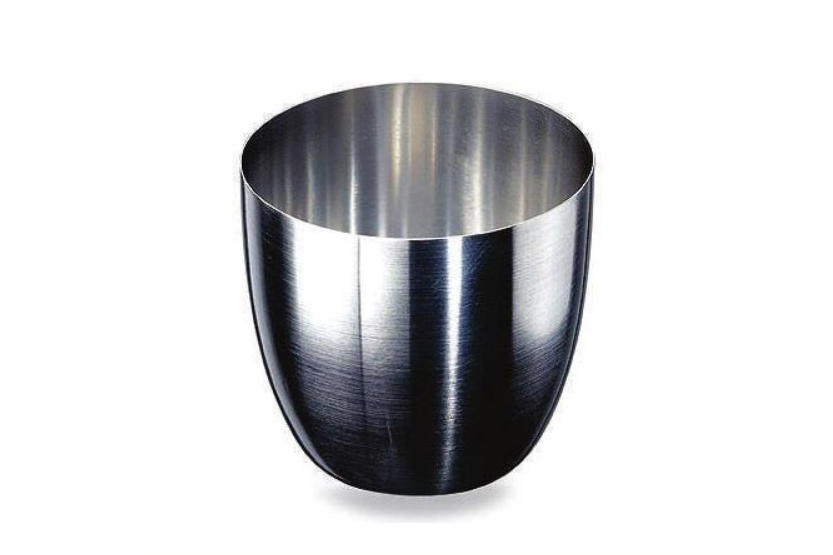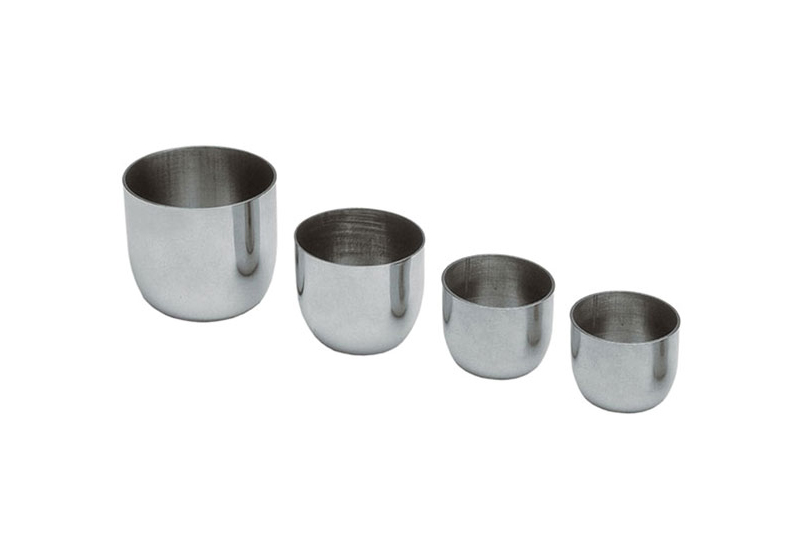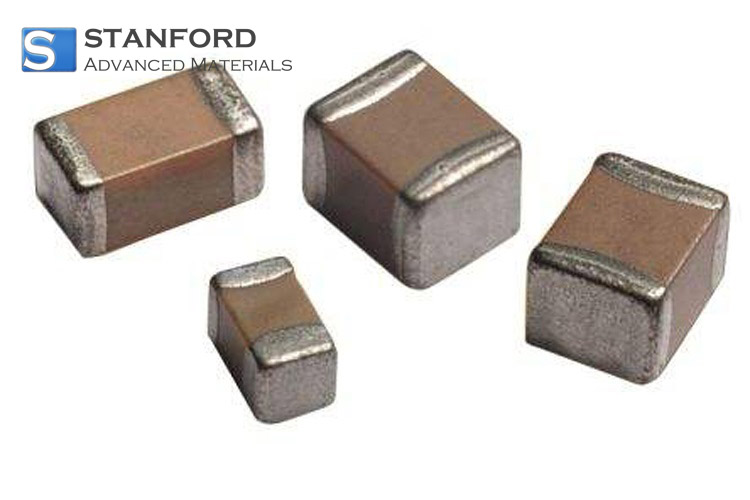Crucible, Do You Know How To Use It?
The crucible, a vessel fabricated from refractory materials such as clay, graphite, porcelain or durable metals, plays a significant role in various scientific and industrial processes. Its primary functions include the evaporation, concentration or crystallisation of solutions, and the incineration of solids.
Types of Crucibles
Crucibles demonstrate considerable versatility and are suitable for different production scales, batch sizes and material types. Stanford Advanced Materials (SAM) offers a range of crucibles, including Platinum Crucible, Tungsten Crucible, Tantalum Crucible and Molybdenum Crucible. Customised configurations fulfil specific requirements for various applications.

Use of Crucibles
Heating of Solids:
When solids require heating, the crucible contains the materials, reducing heat loss and allowing controlled exposure to air, thereby managing oxidation.
The crucible tapers at its base and is typically placed on a clay triangle that is heated directly over a flame. After heating, do not place the crucible abruptly on a cold metal surface to prevent breakage.
Avoid placing the crucible immediately on a wooden surface, as this may cause damage or ignition. Cool the crucible gradually on an iron triangle or on an asbestos mat. Use crucible tongs when handling the crucible.
Primary Purposes:
1. Evaporation, Concentration or Crystallisation of Solutions:
In laboratories, chemists use crucibles to evaporate solutions, extract specific components and induce crystallisation for detailed molecular studies. In industry, controlled evaporation assists in the production of high purity materials for applications in pharmaceutical production and material science.
2. Incineration of Solids:
Crucibles retain their integrity during the controlled incineration of solids. Laboratories employ this process for ashing procedures, and industry uses it for metal refining or hazardous waste treatment. The use of crucibles in incineration supports analytical research and contributes to metallurgical processes and waste management.
Precautions for the Use of Crucibles

1. Direct Heating and Quenching:
Crucibles withstand direct heating but must not be quenched immediately after heating, as sudden temperature changes may impair their structural integrity.
2. Use of Crucible Tongs:
Handle the crucibles with tongs to secure a firm grip and reduce the risk of accidents.
3. Placement on an Iron Triangle:
During heating, place the crucible on an iron triangle. This arrangement facilitates effective heat transfer and establishes a stable environment for the process.
4. Stirring During Evaporation:
If evaporation is part of the process, stir the contents. This practice ensures uniform concentration and crystallisation, thereby enhancing efficiency.
5. Cooling Process:
After heating, allow the crucible to cool gradually. Placing it on an iron triangle or an asbestos mat permits controlled cooling and reduces the risk of thermal shock.
6. Types of Crucibles:
The available crucibles are designed for different material types and production requirements. The platinum, tungsten, tantalum and molybdenum crucibles provided by SAM offer solutions tailored for distinct industrial and scientific demands.
7. Customised Configurations:
Stanford Advanced Materials (SAM) supplies customised configurations to meet specific application needs. Tailored crucibles ensure optimal performance under defined conditions.
8. Ensuring Material Purity:
Crucibles aid in maintaining material purity during melting processes. SAM’s crucibles help produce outcomes that meet rigorous industrial standards.
9. Role of Crucibles in Scientific Processes:
Crucibles serve a significant role in scientific procedures as well as industrial applications. In laboratories, they are used for experiments requiring precise control of temperature, evaporation and material purity. In chemical laboratories, crucibles are used to determine substance composition through controlled heating and reactions. Their ability to resist elevated temperatures and chemical corrosion makes them indispensable in analytical chemistry.
Crucibles also have a role in metallurgical research, where measuring material properties and reactions under extreme conditions is necessary. The diverse range of crucibles permits compatibility with various metals and alloys, thereby allowing researchers to conduct experiments accurately.
10. Advances in Crucible Technology:
As technology develops, the design of crucibles also evolves. Improved materials and manufacturing methods produce crucibles with improved durability, heat resistance and purity. Nanotechnology has been applied to produce crucibles at micro scales for specific applications. Design advancements and material improvements have resulted in crucibles that withstand elevated temperatures; consequently, their use in advanced scientific and industrial processes is increasing. SAM remains dedicated to providing current crucibles that meet evolving application requirements.
Conclusion
The crucible is a fundamental tool in both industry and science. Its versatility, used in conjunction with proper techniques and precautions, ensures consistent performance in various applications. SAM’s provision of a wide range of crucibles, including customised configurations, demonstrates a commitment to addressing the specific requirements of laboratories and industries.
Mastering the use of crucibles requires understanding technical procedures and utilising ongoing advances in crucible technology. As industry extends technological boundaries, crucibles continue to serve as reliable instruments in scientific research and industrial processes.

 Bars
Bars
 Beads & Spheres
Beads & Spheres
 Bolts & Nuts
Bolts & Nuts
 Crucibles
Crucibles
 Discs
Discs
 Fibers & Fabrics
Fibers & Fabrics
 Films
Films
 Flake
Flake
 Foams
Foams
 Foil
Foil
 Granules
Granules
 Honeycombs
Honeycombs
 Ink
Ink
 Laminate
Laminate
 Lumps
Lumps
 Meshes
Meshes
 Metallised Film
Metallised Film
 Plate
Plate
 Powders
Powders
 Rod
Rod
 Sheets
Sheets
 Single Crystals
Single Crystals
 Sputtering Target
Sputtering Target
 Tubes
Tubes
 Washer
Washer
 Wires
Wires
 Converters & Calculators
Converters & Calculators
 Write for Us
Write for Us


 Chin Trento
Chin Trento



